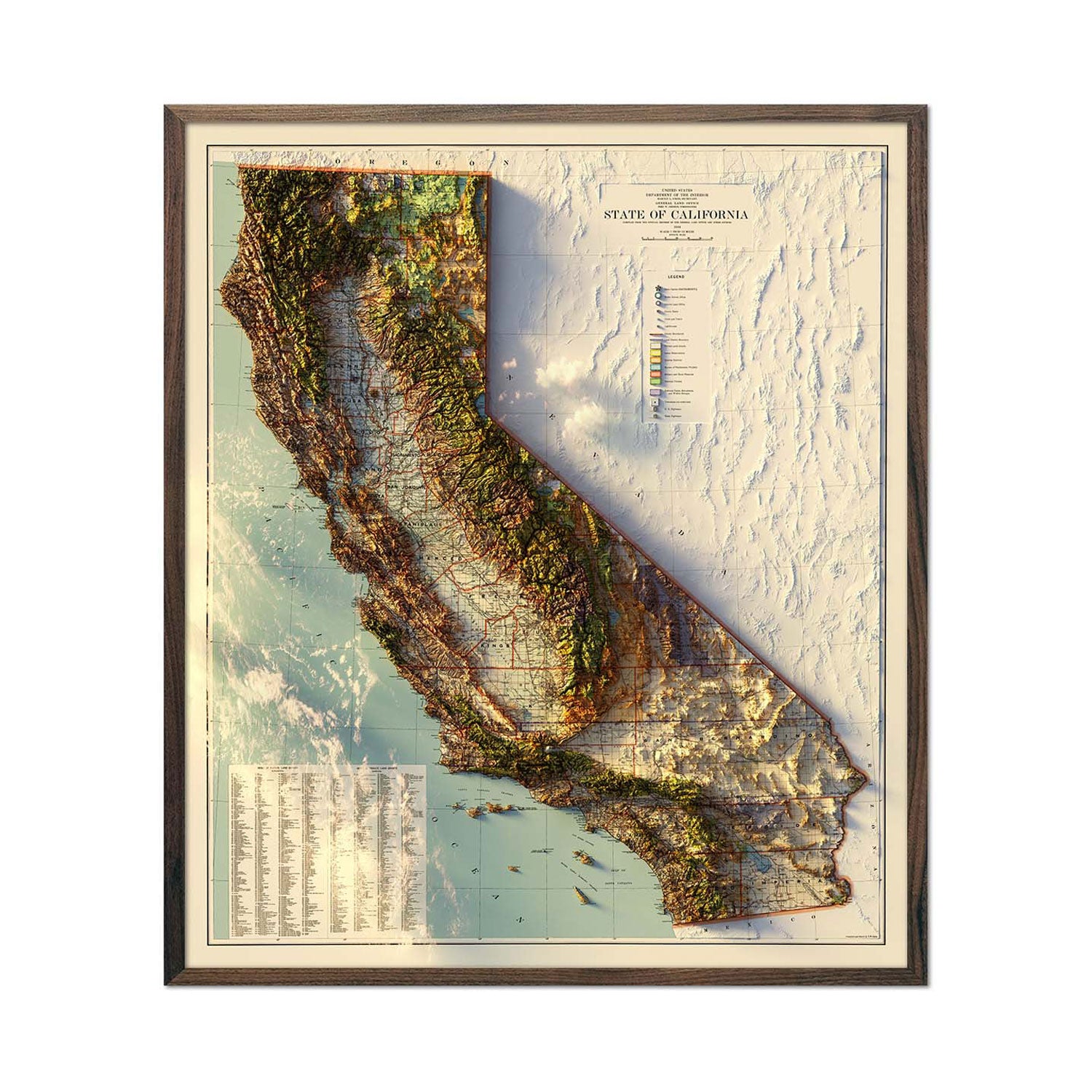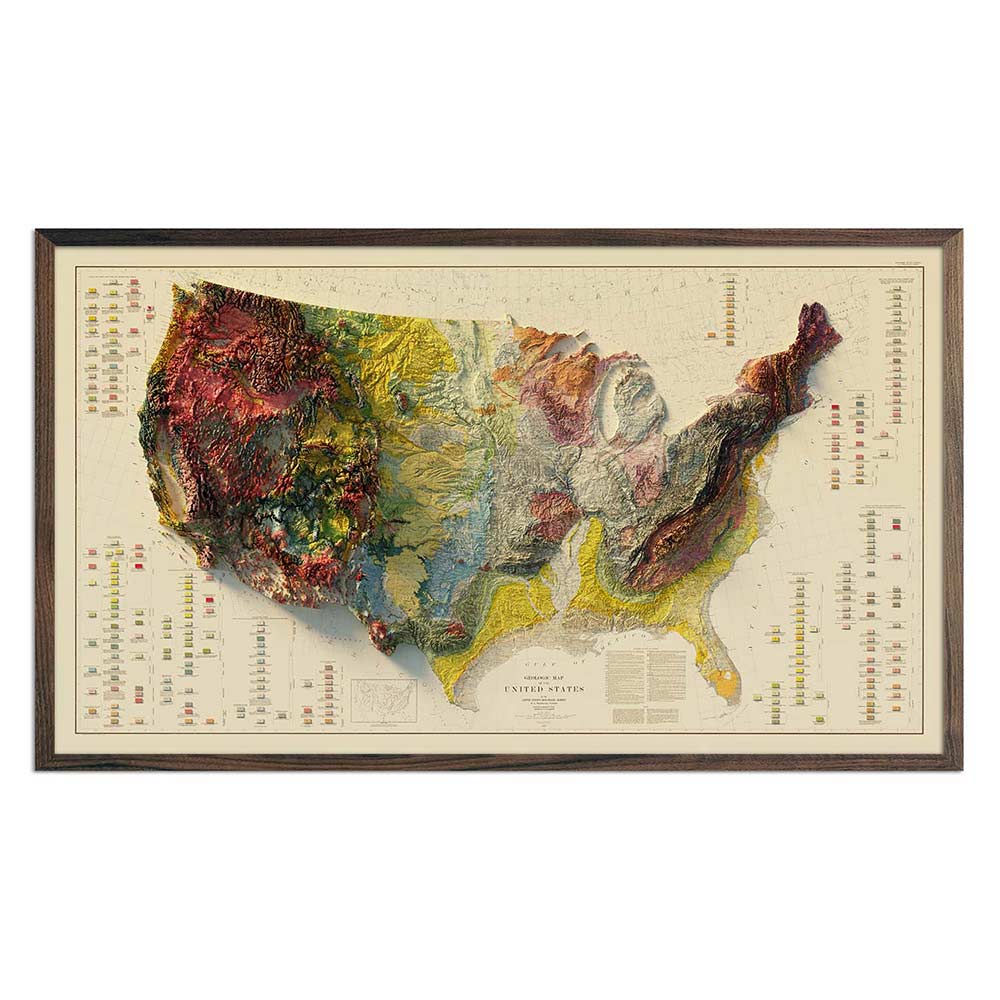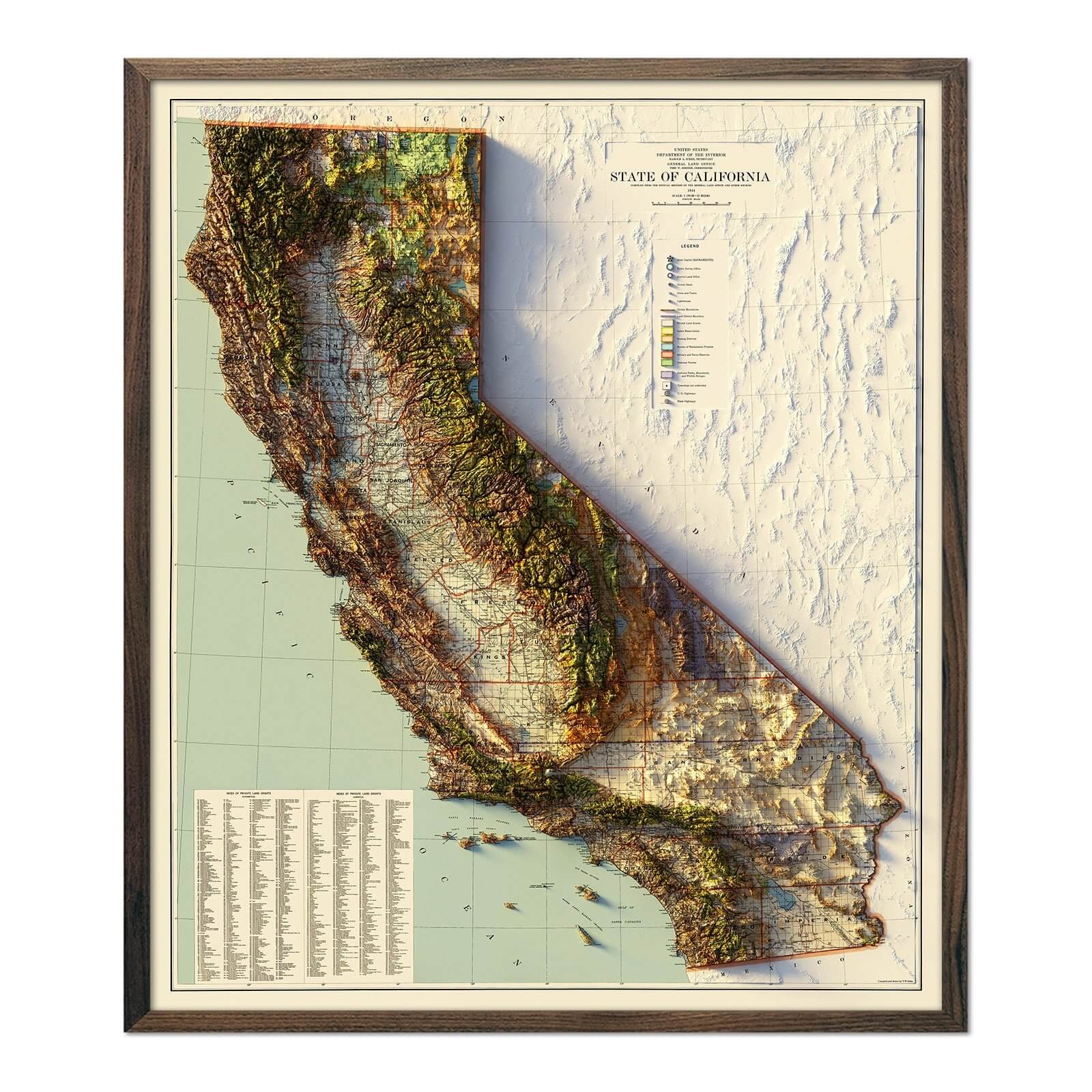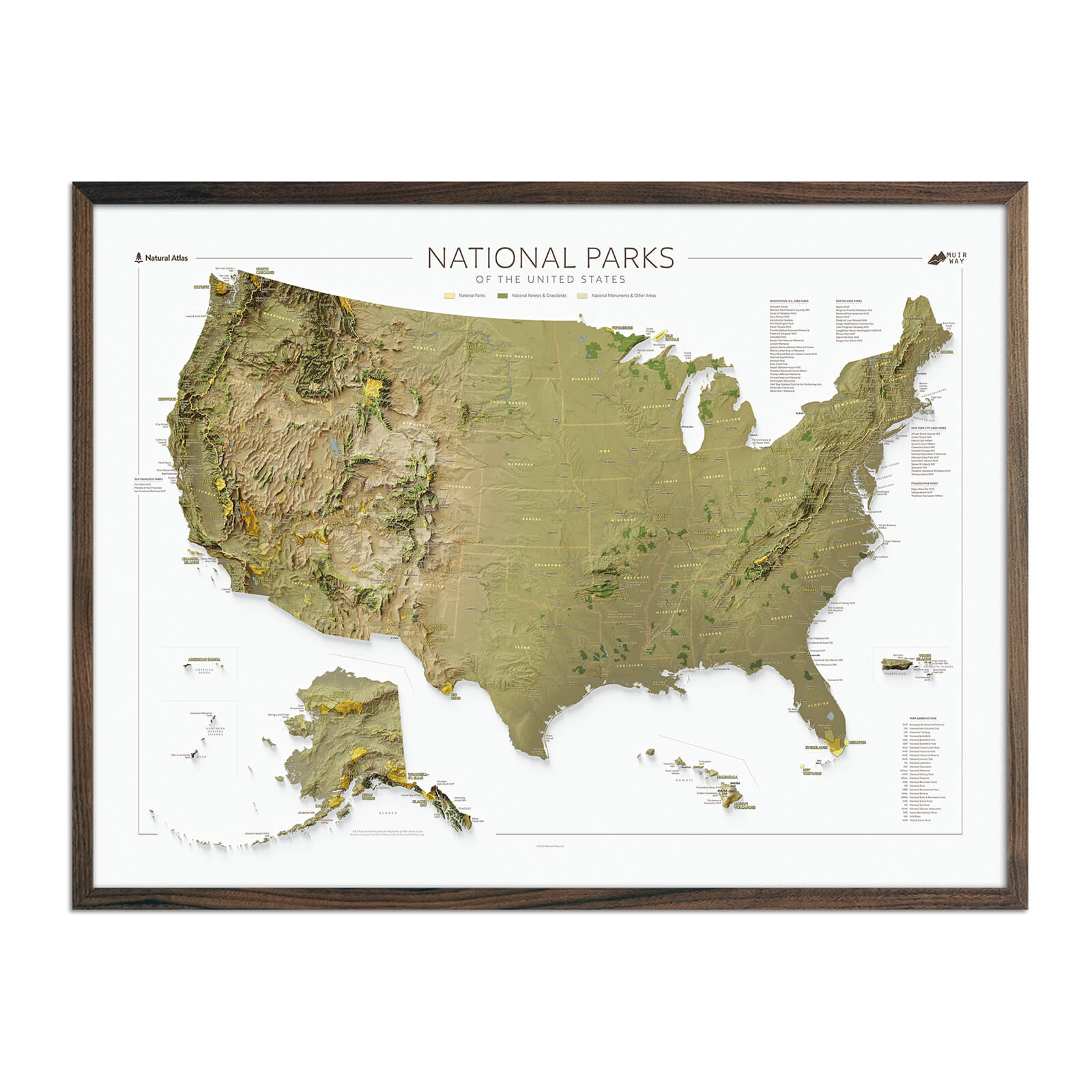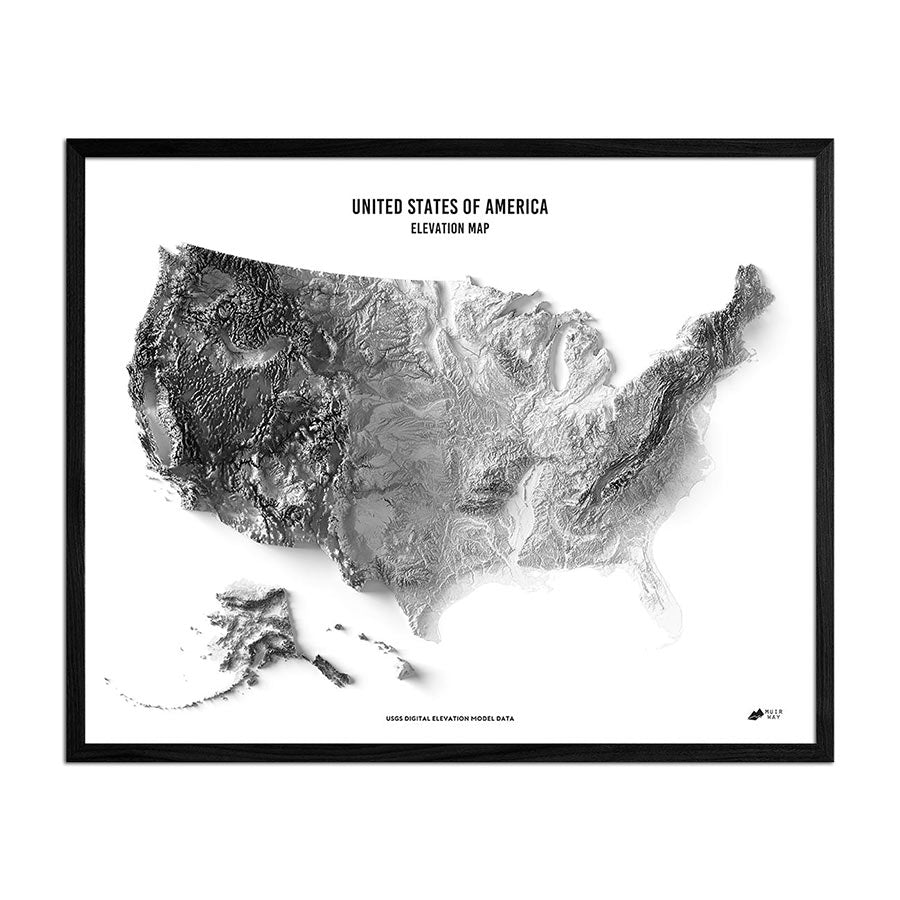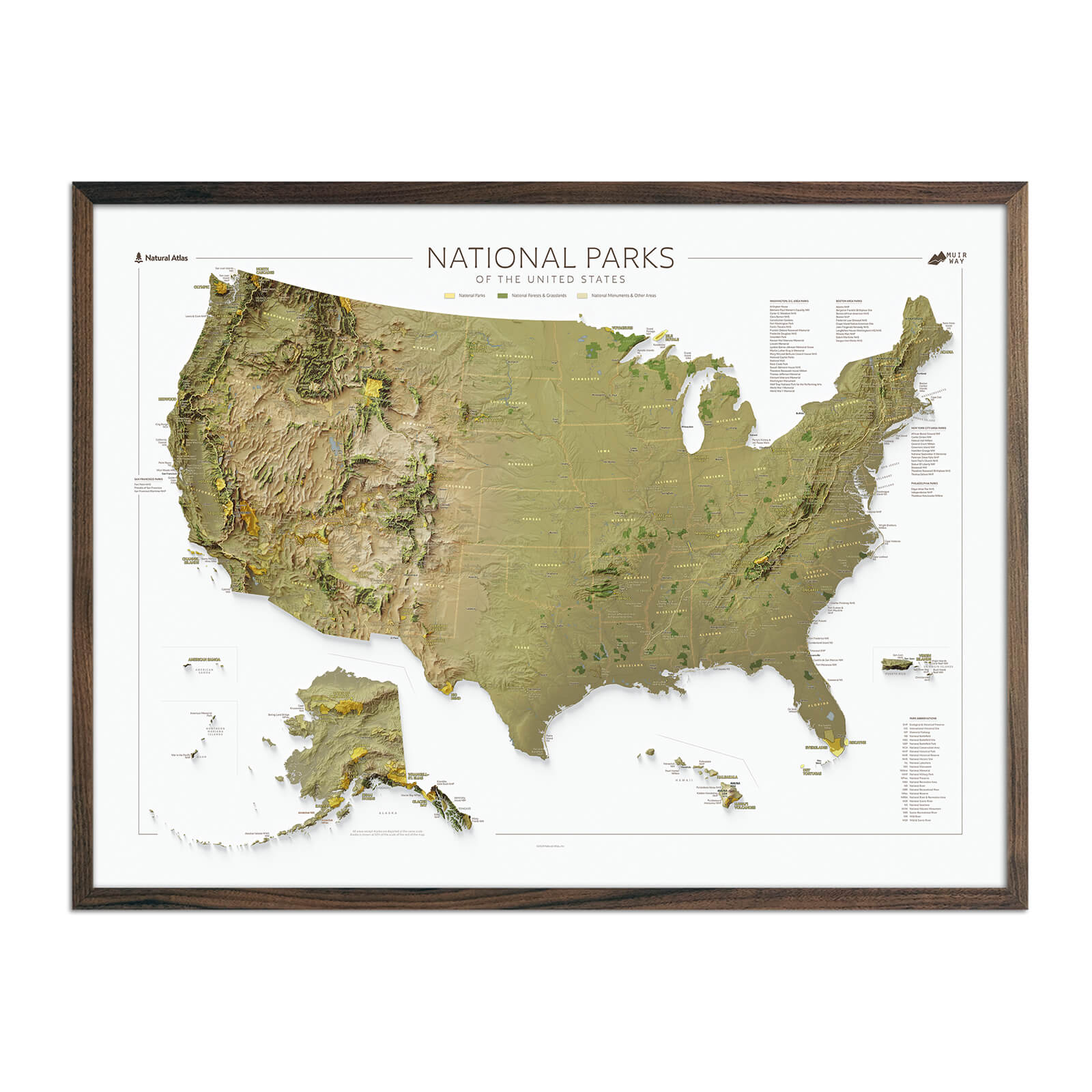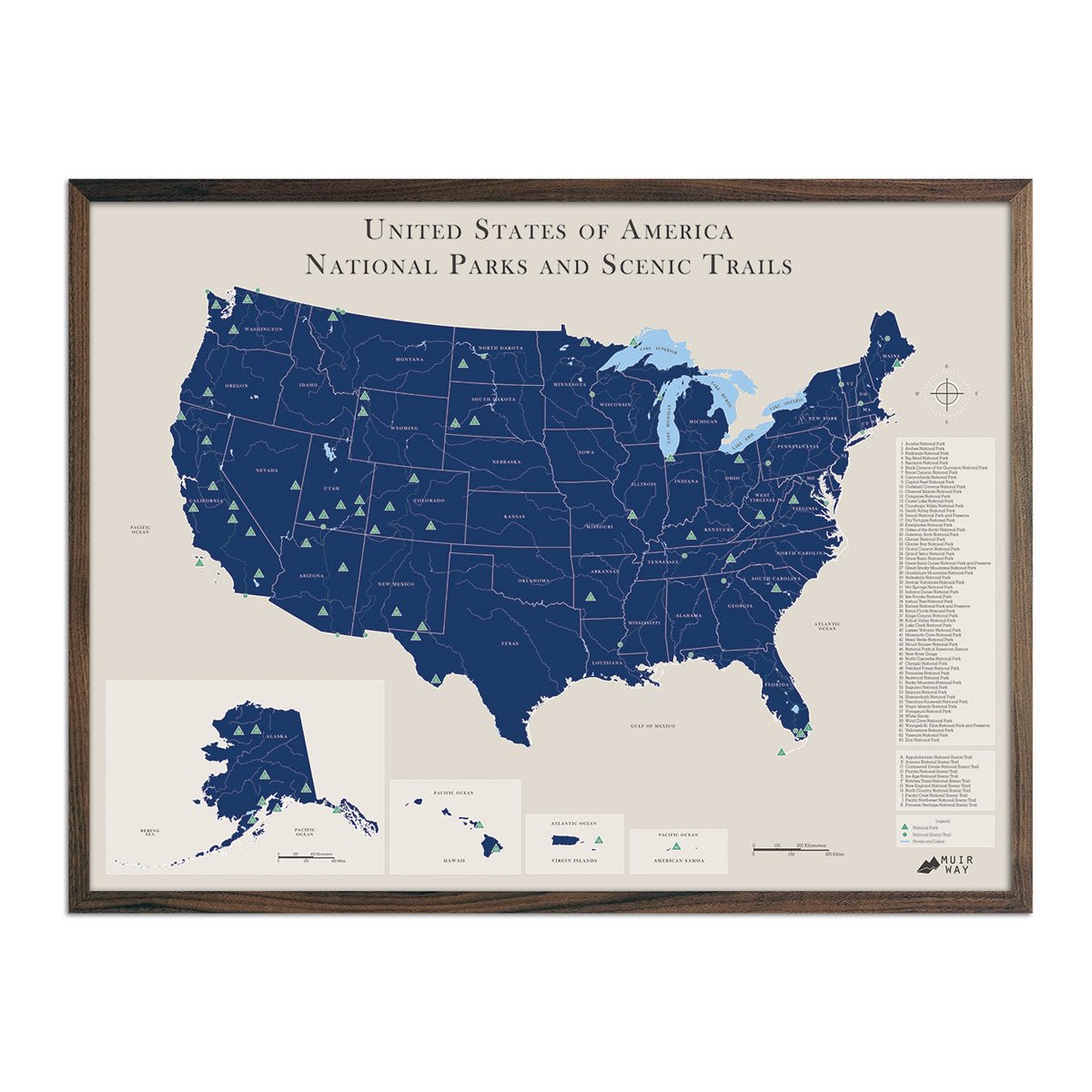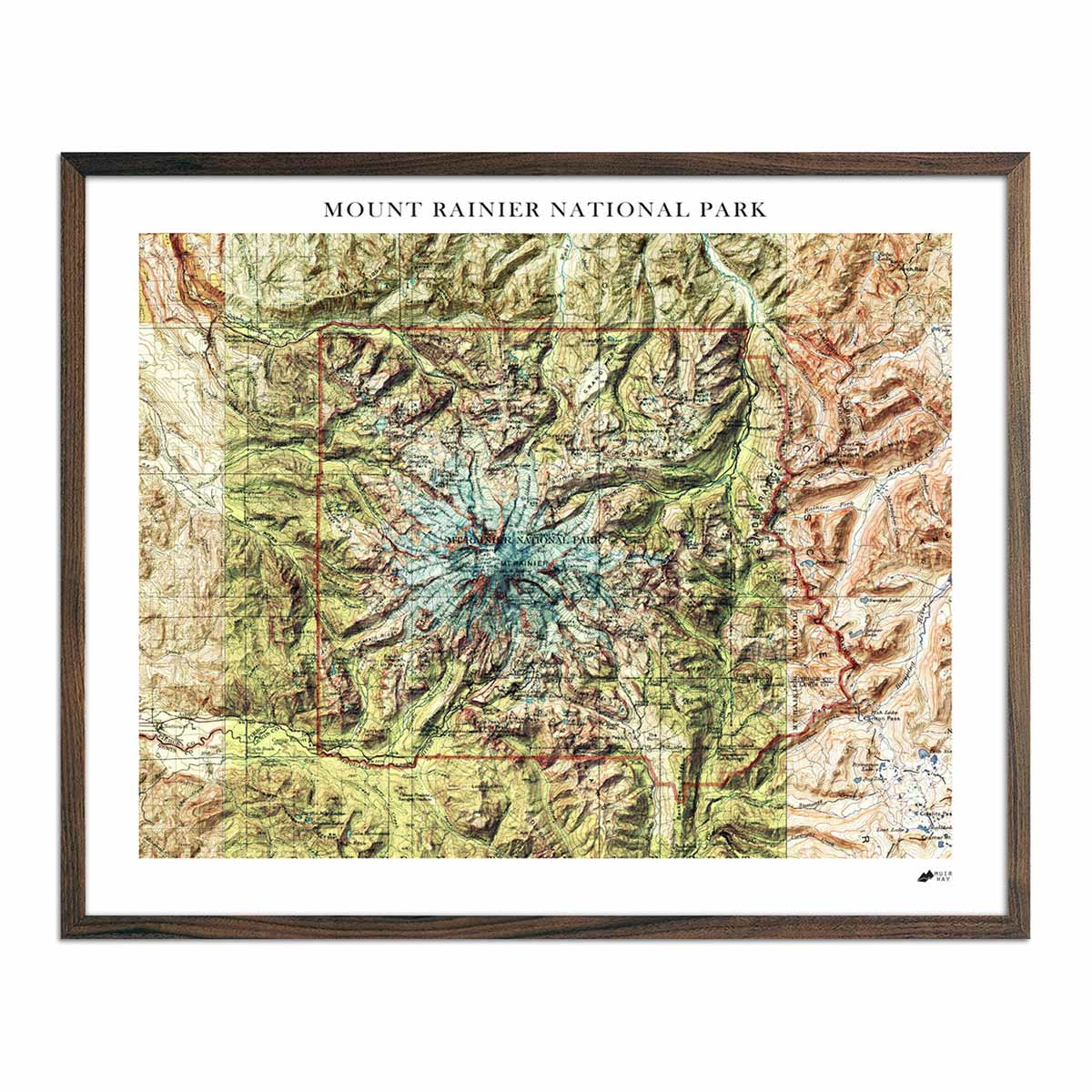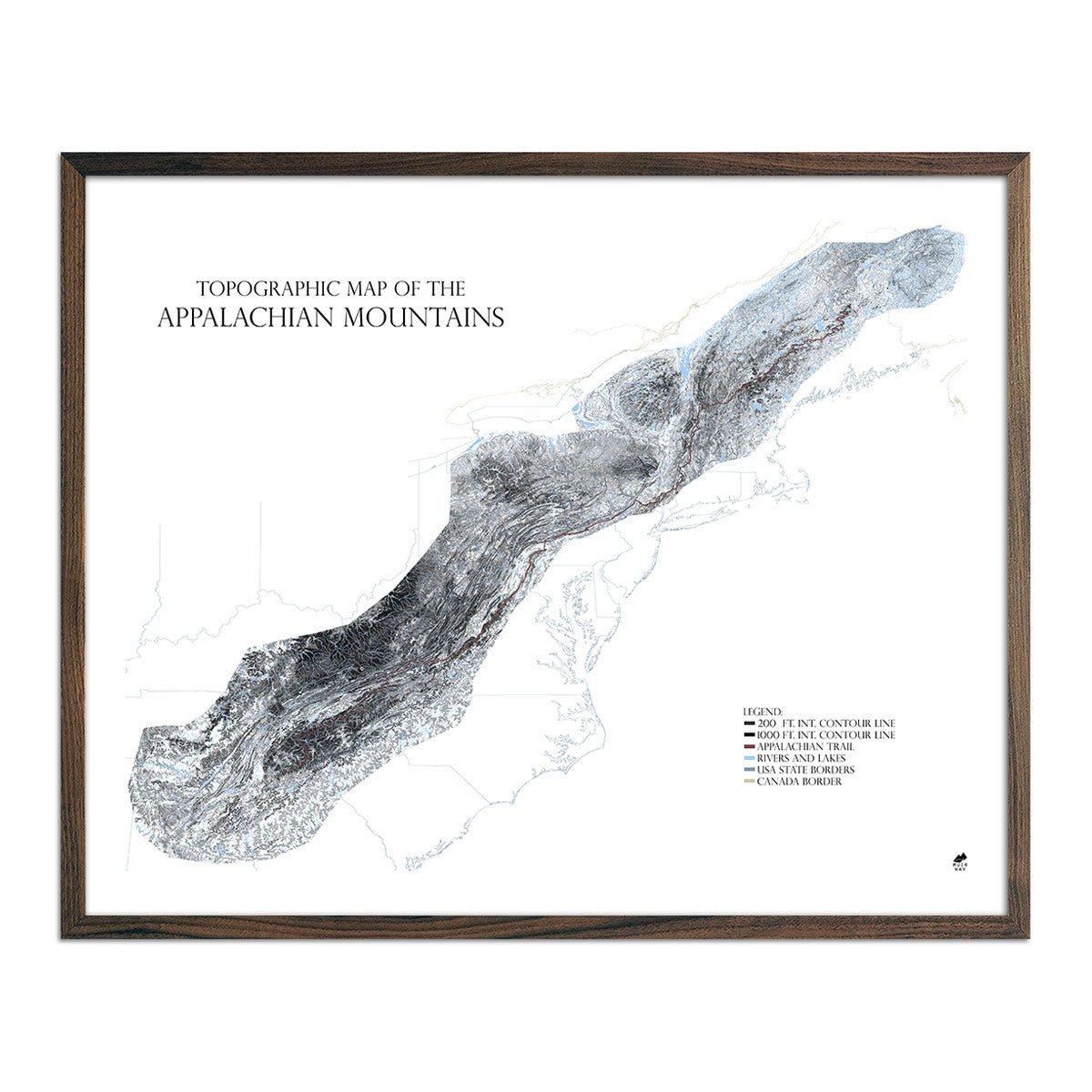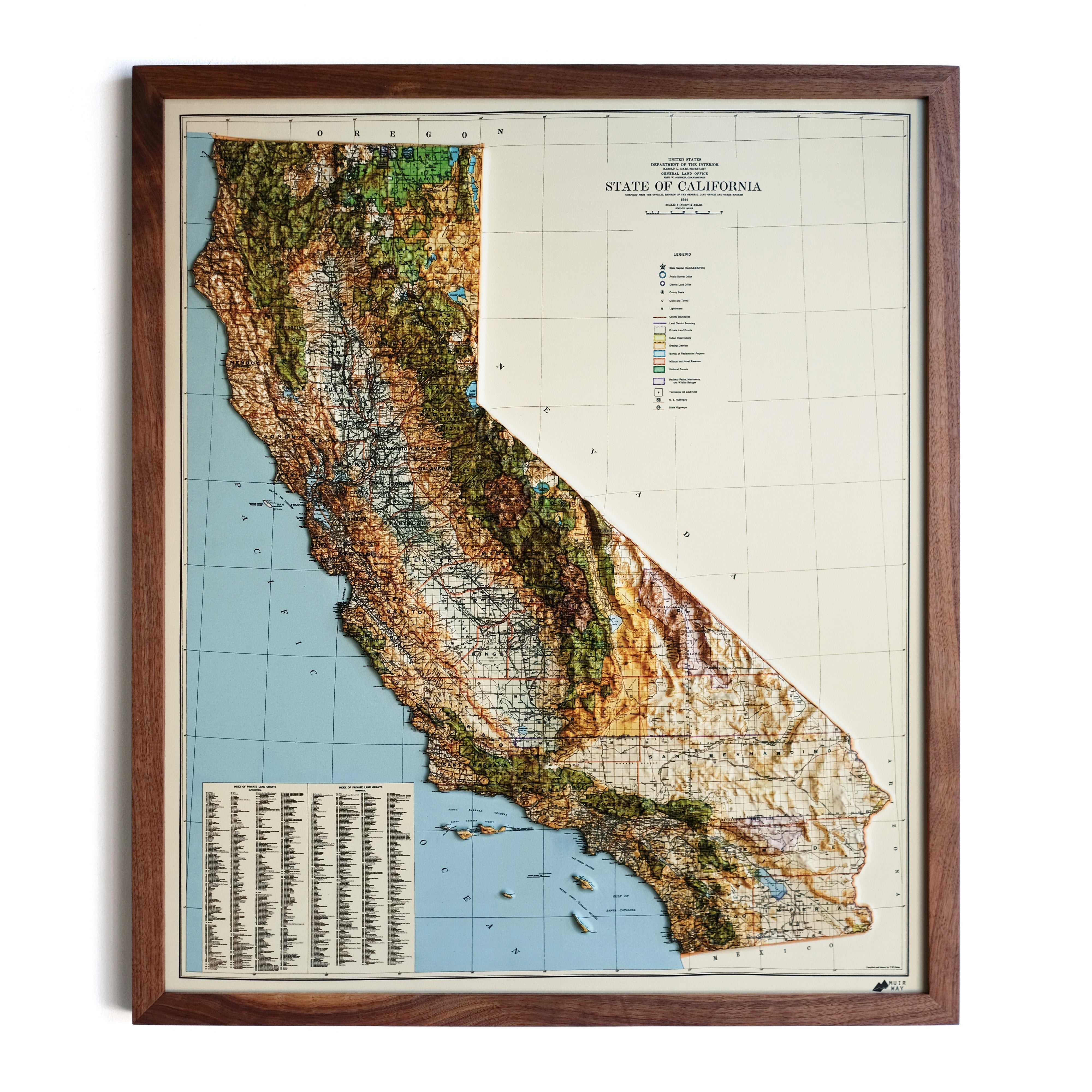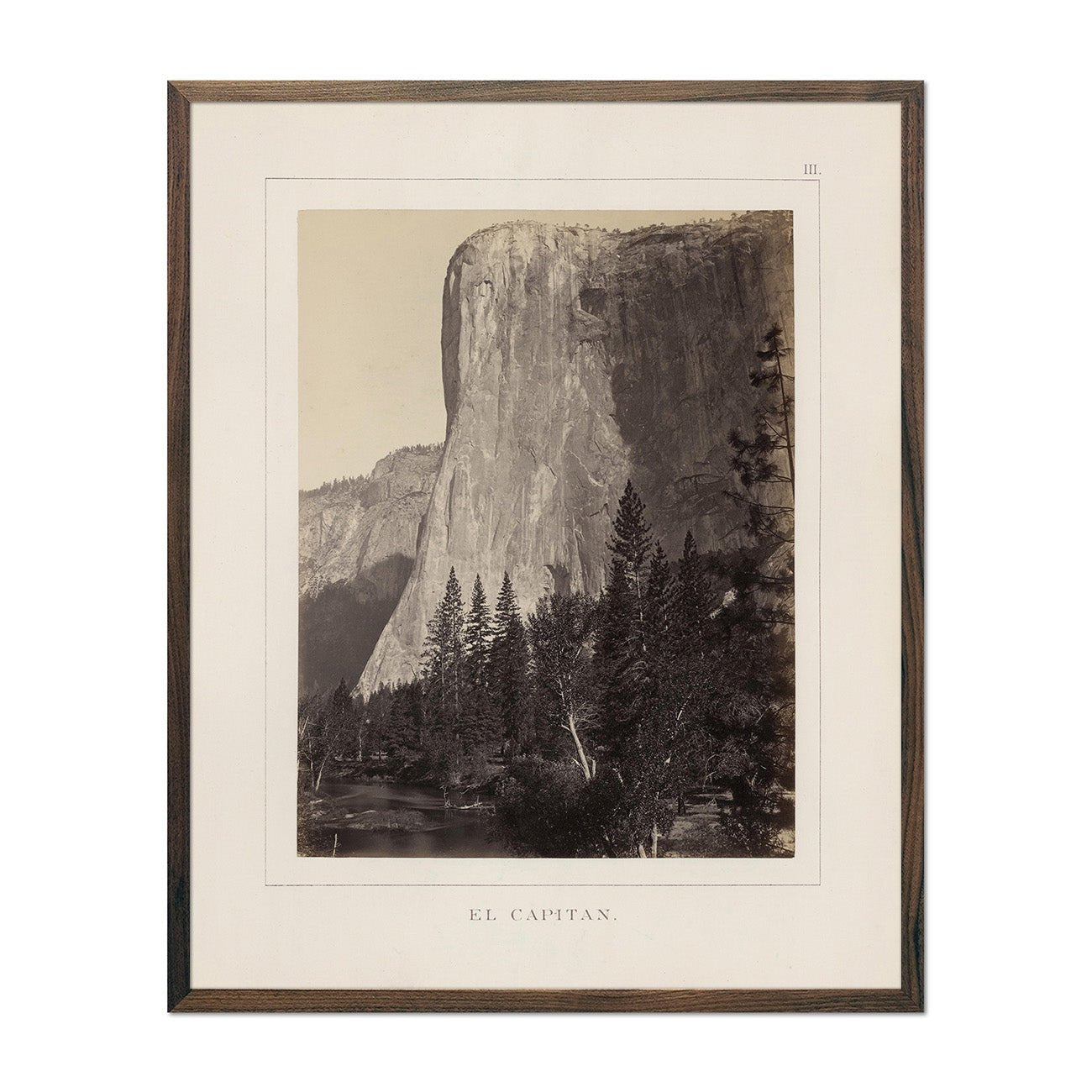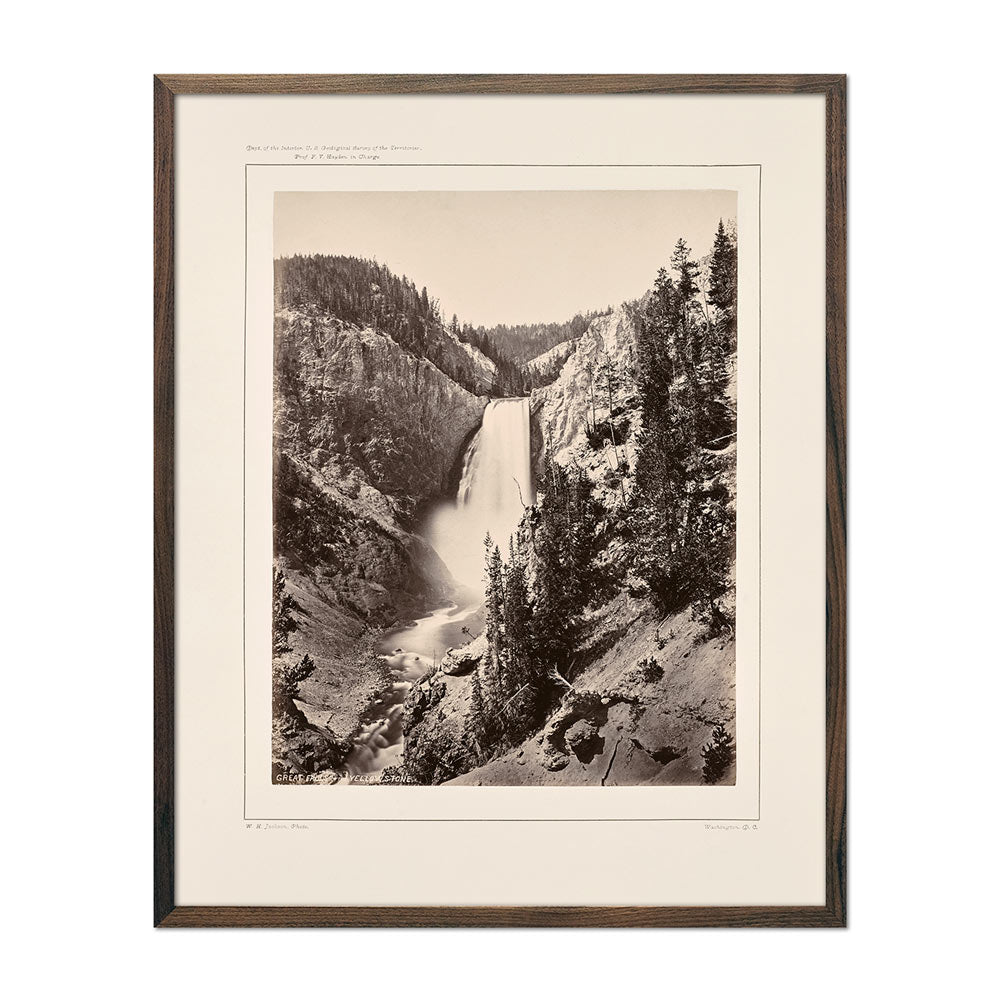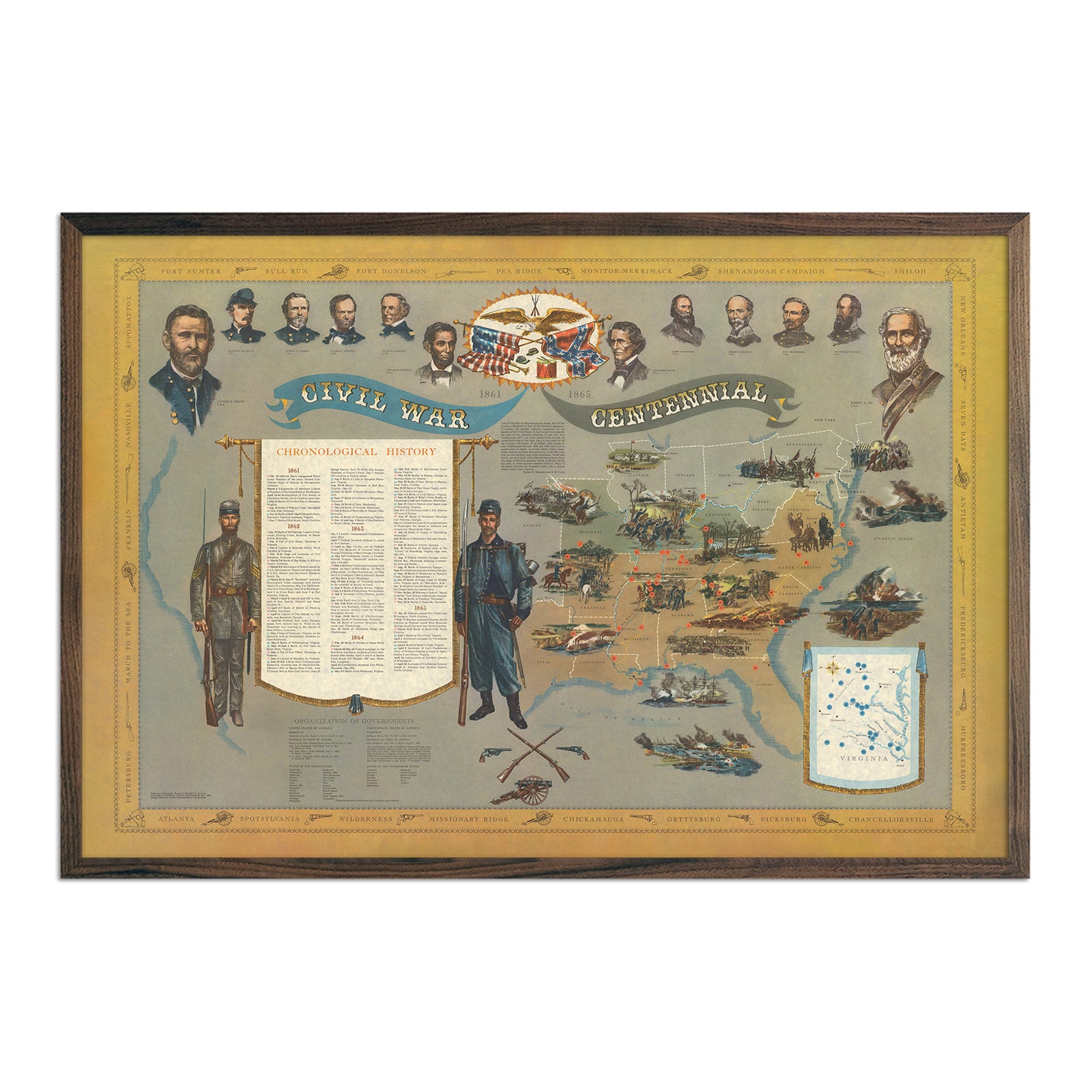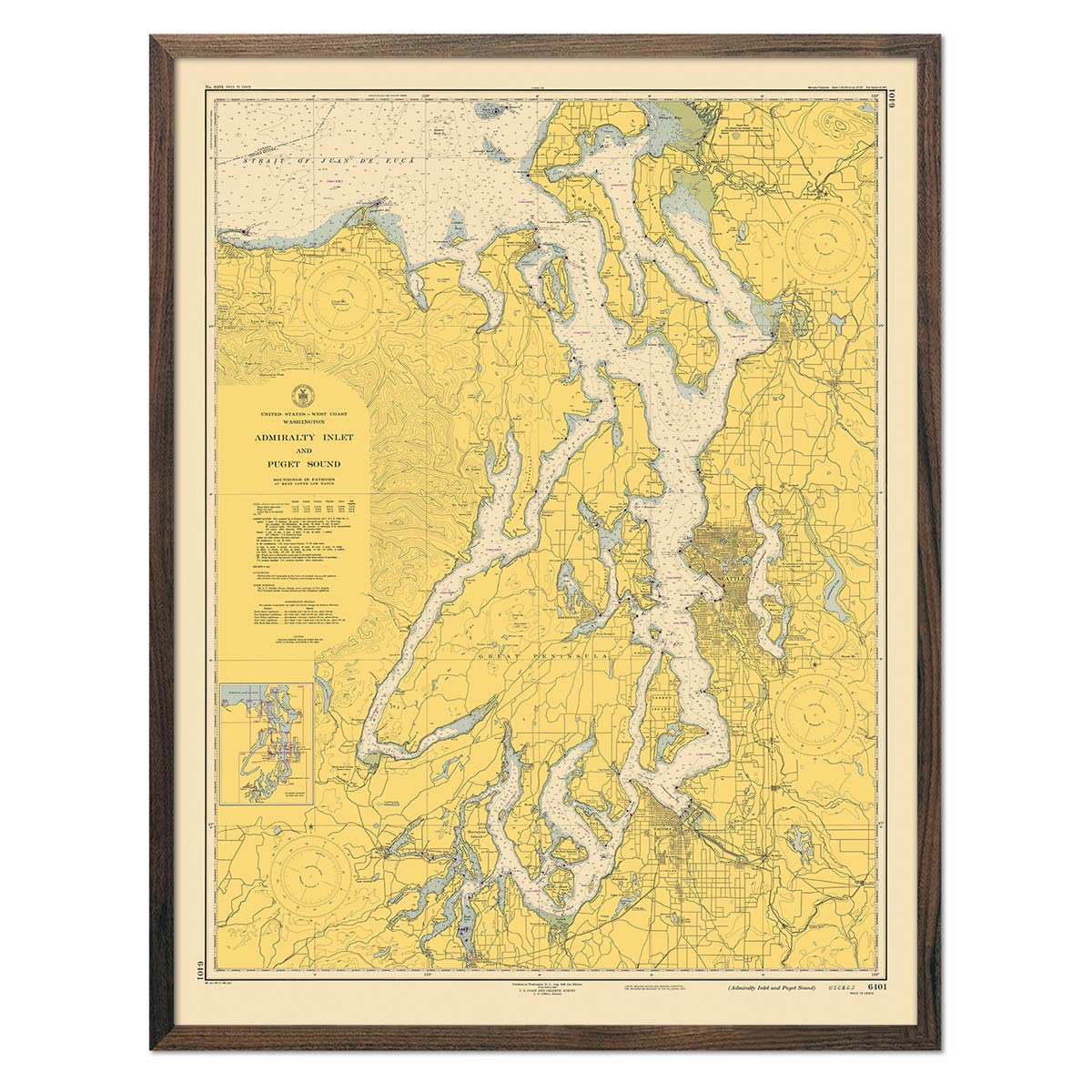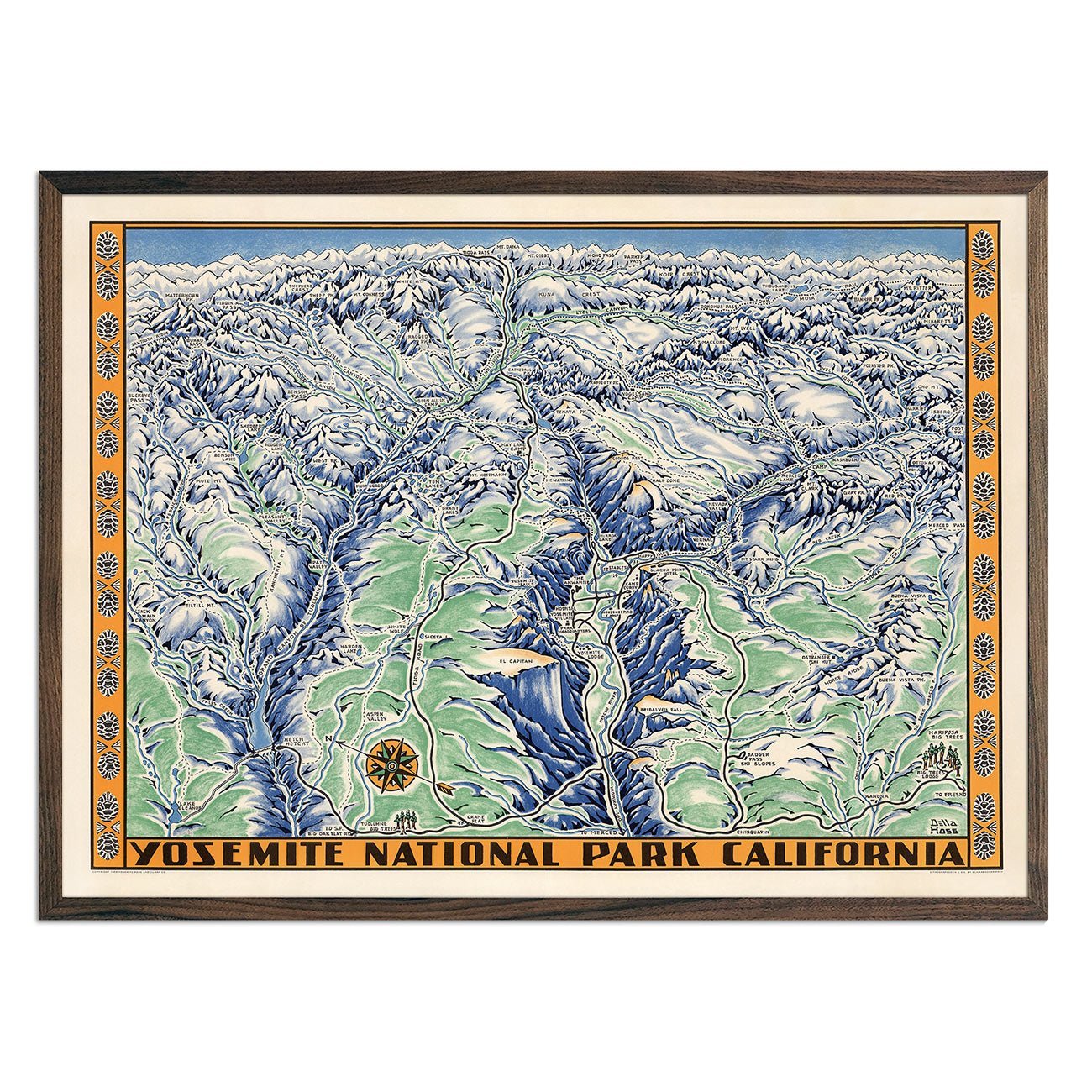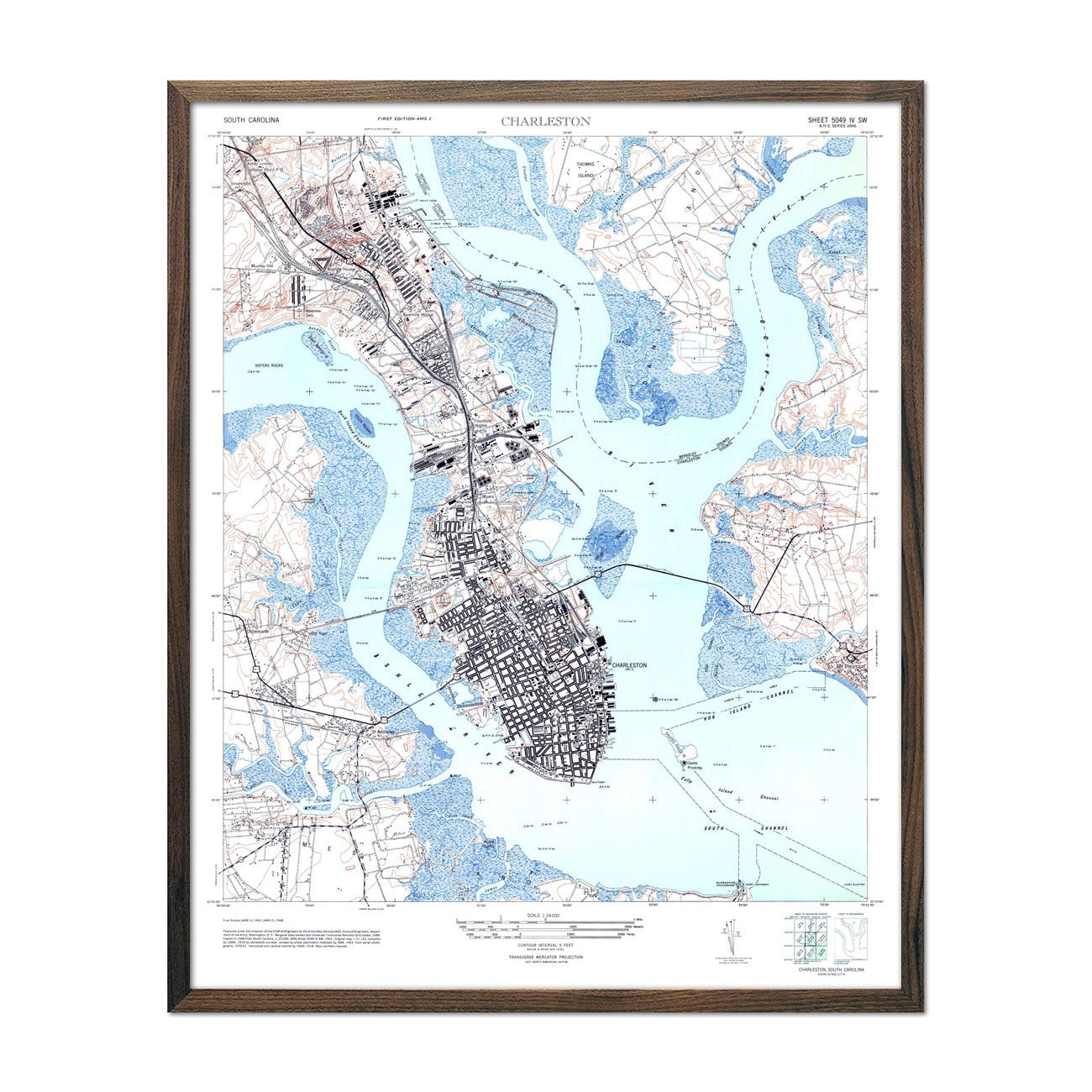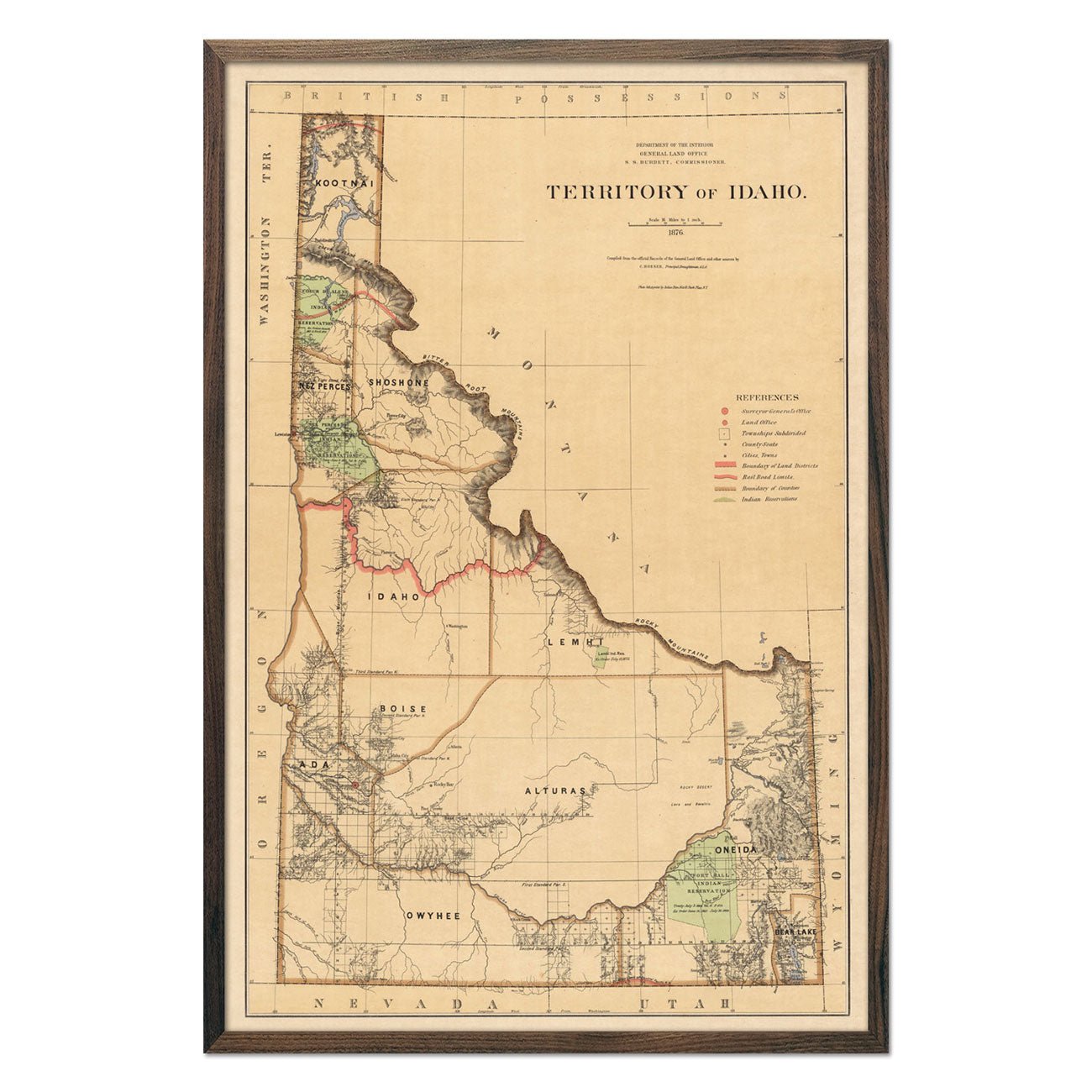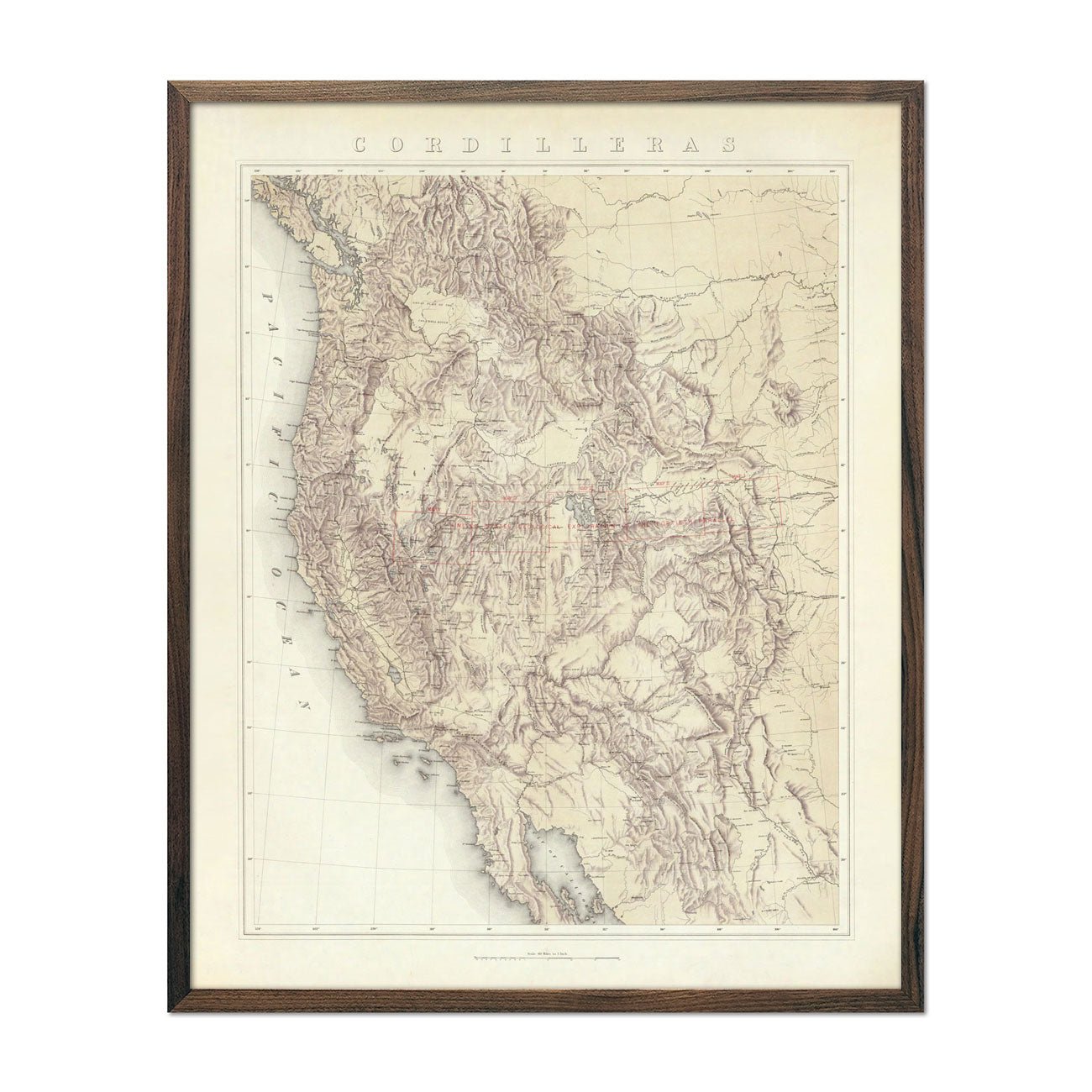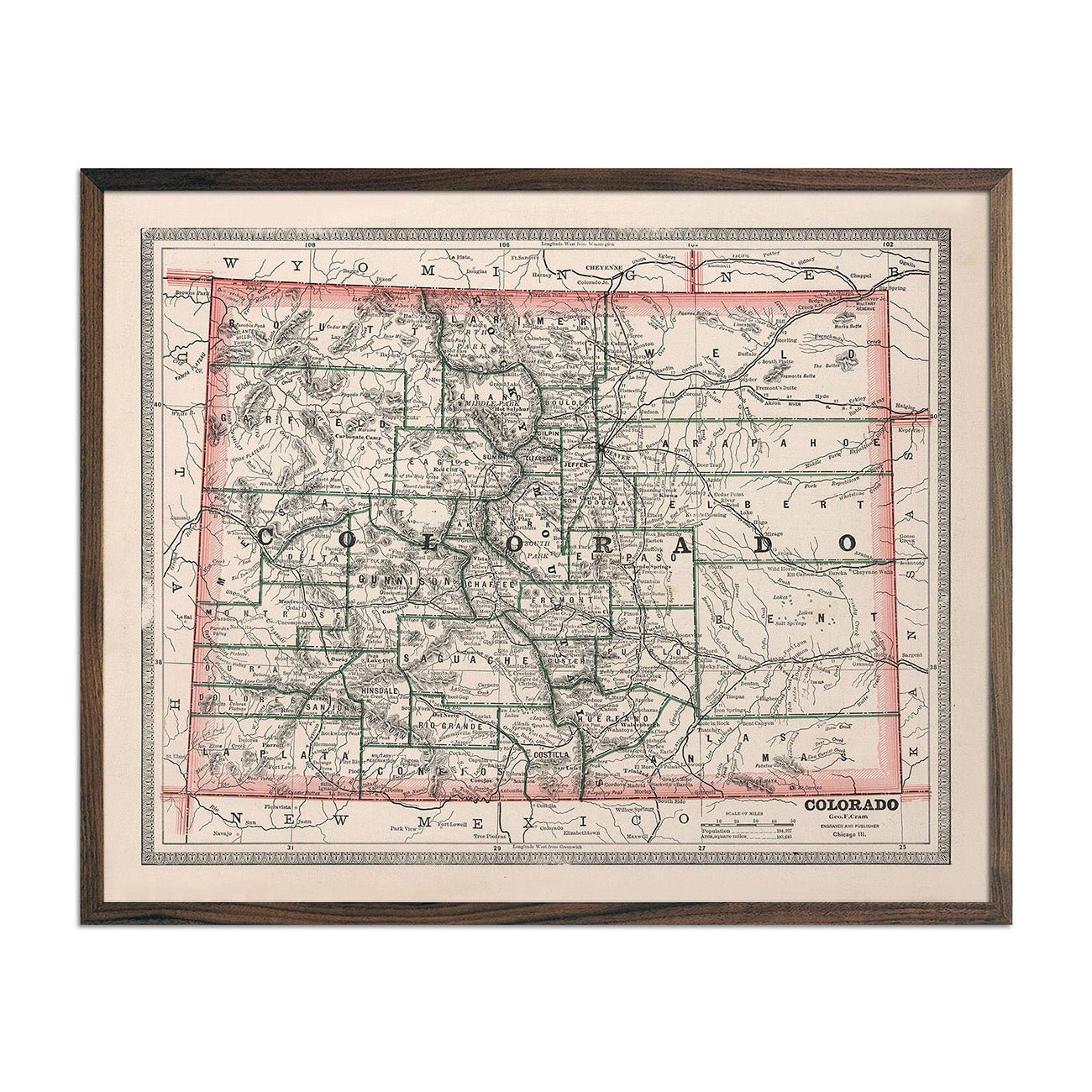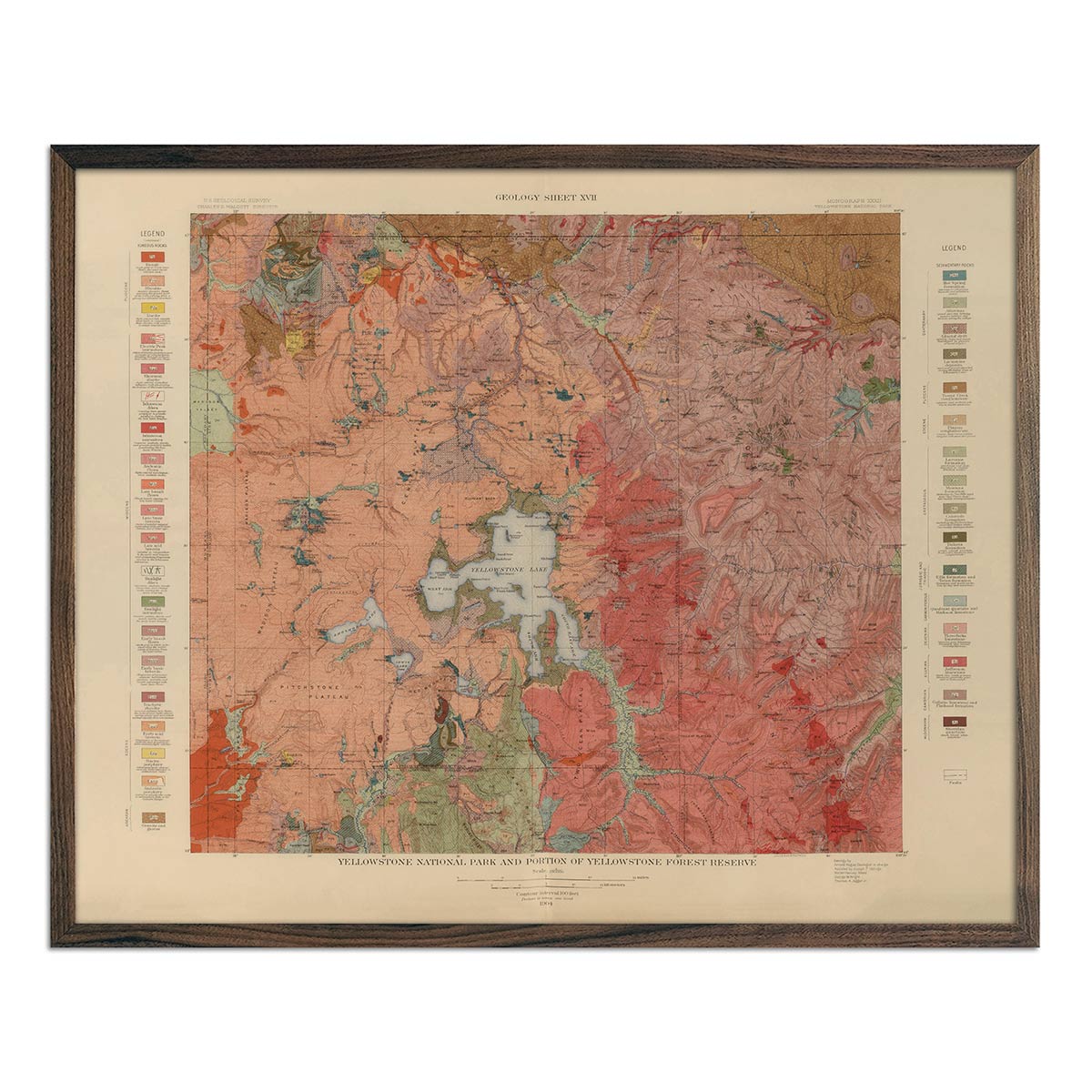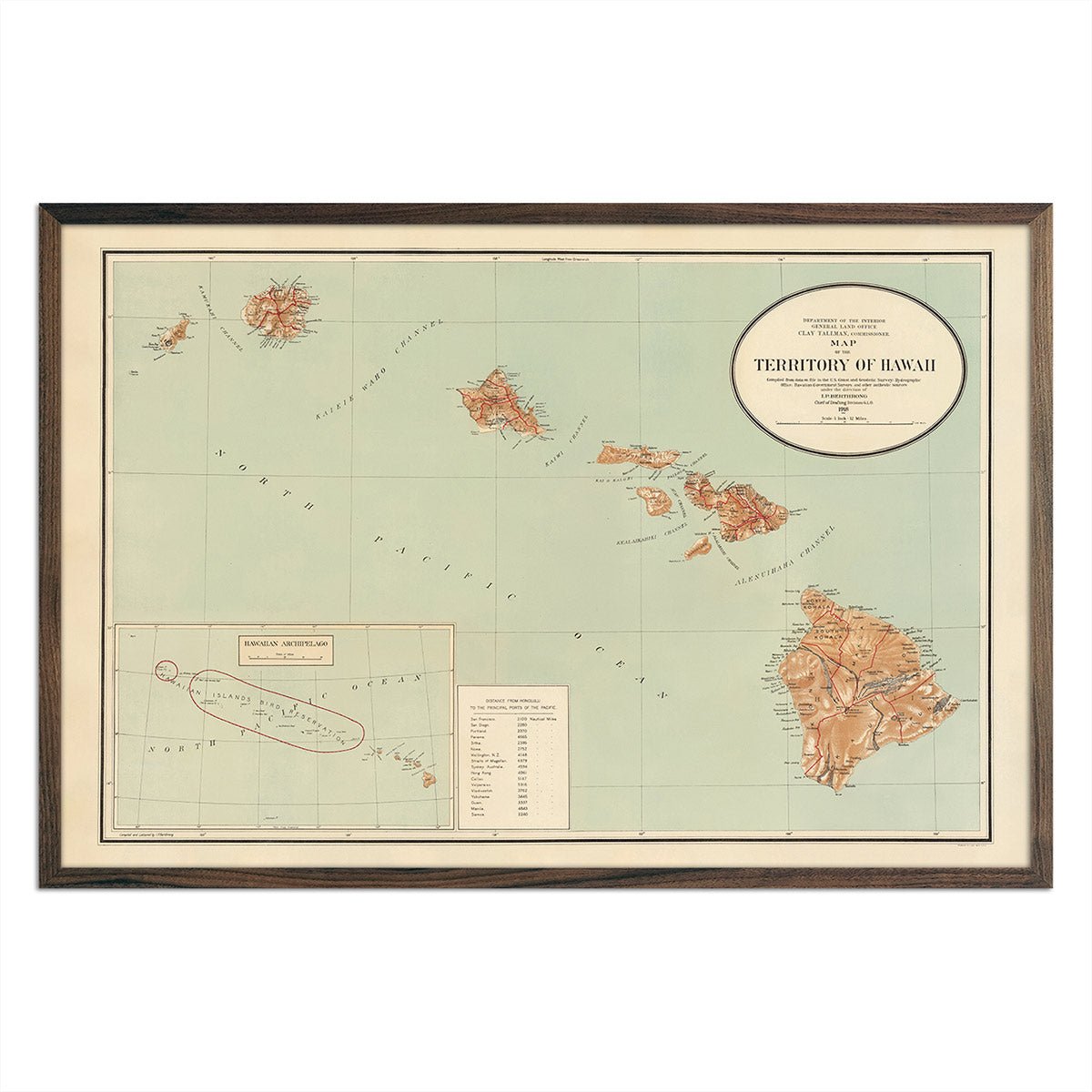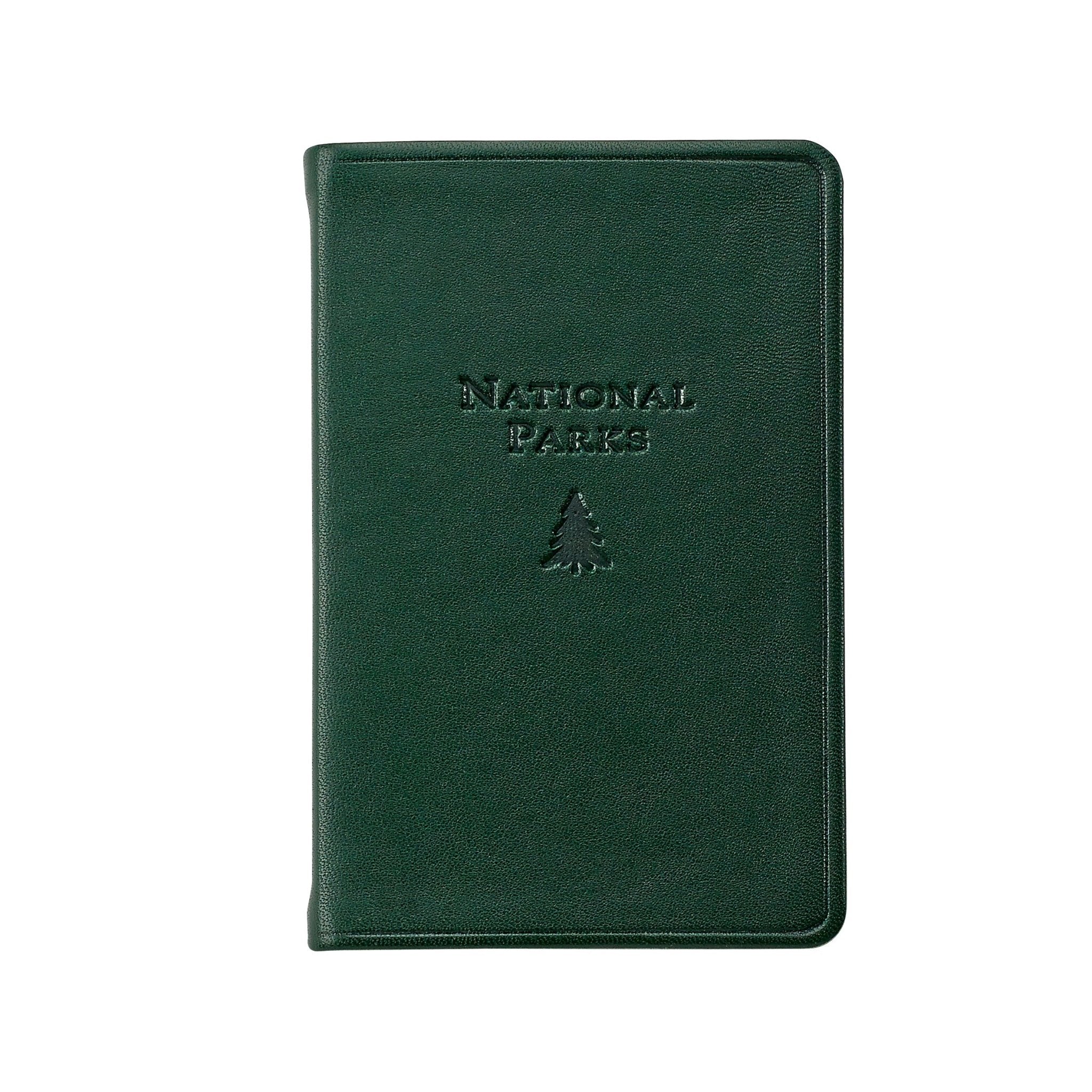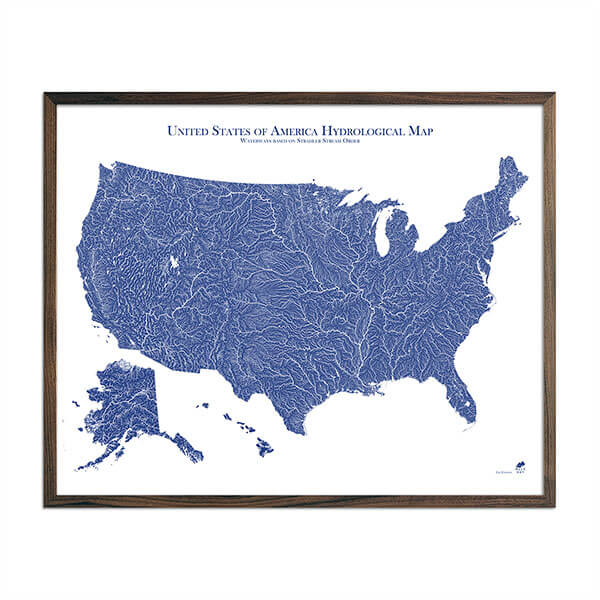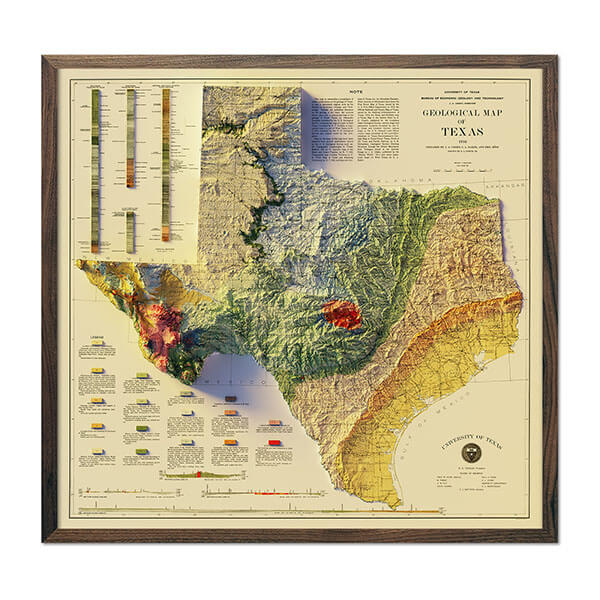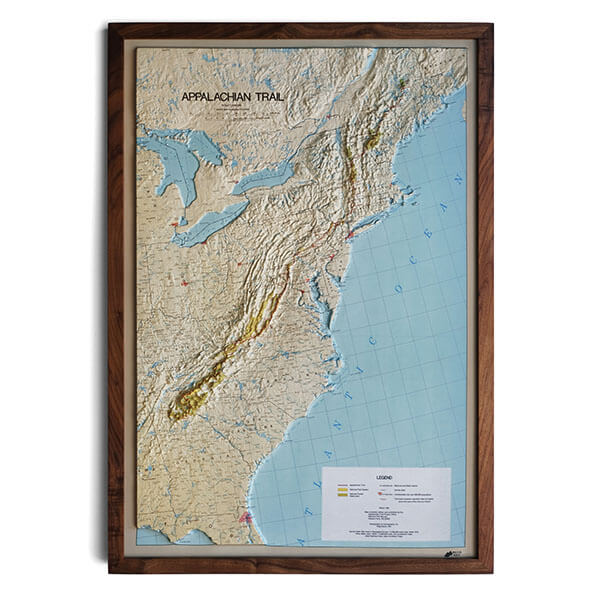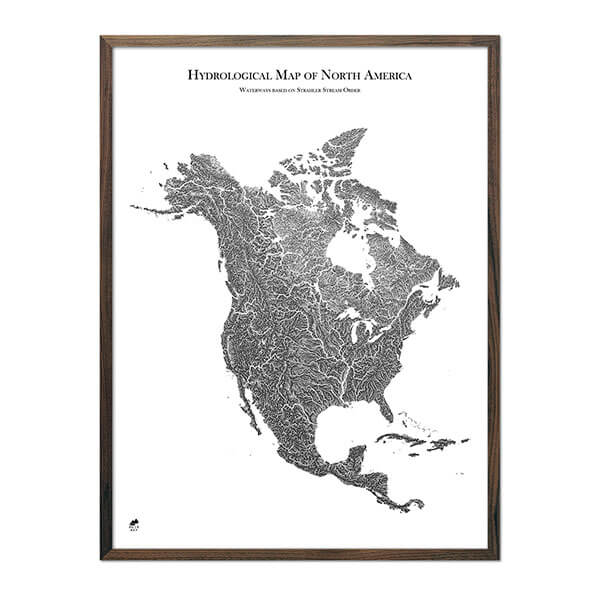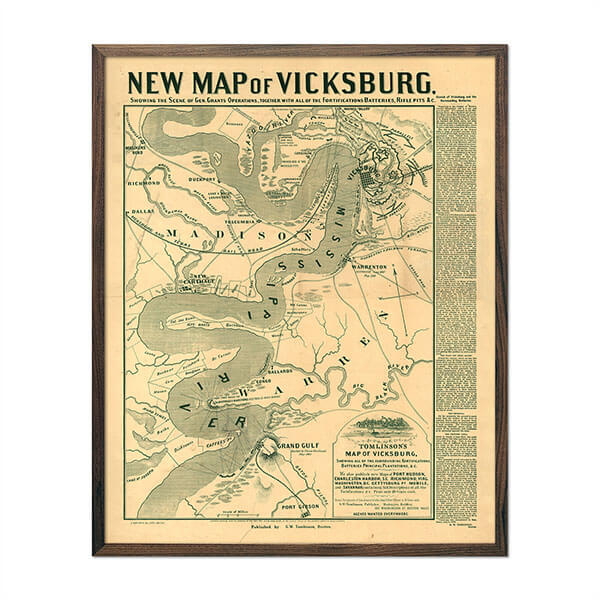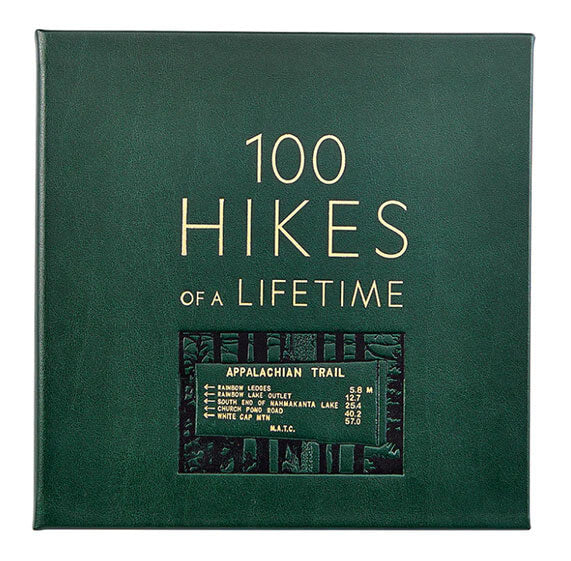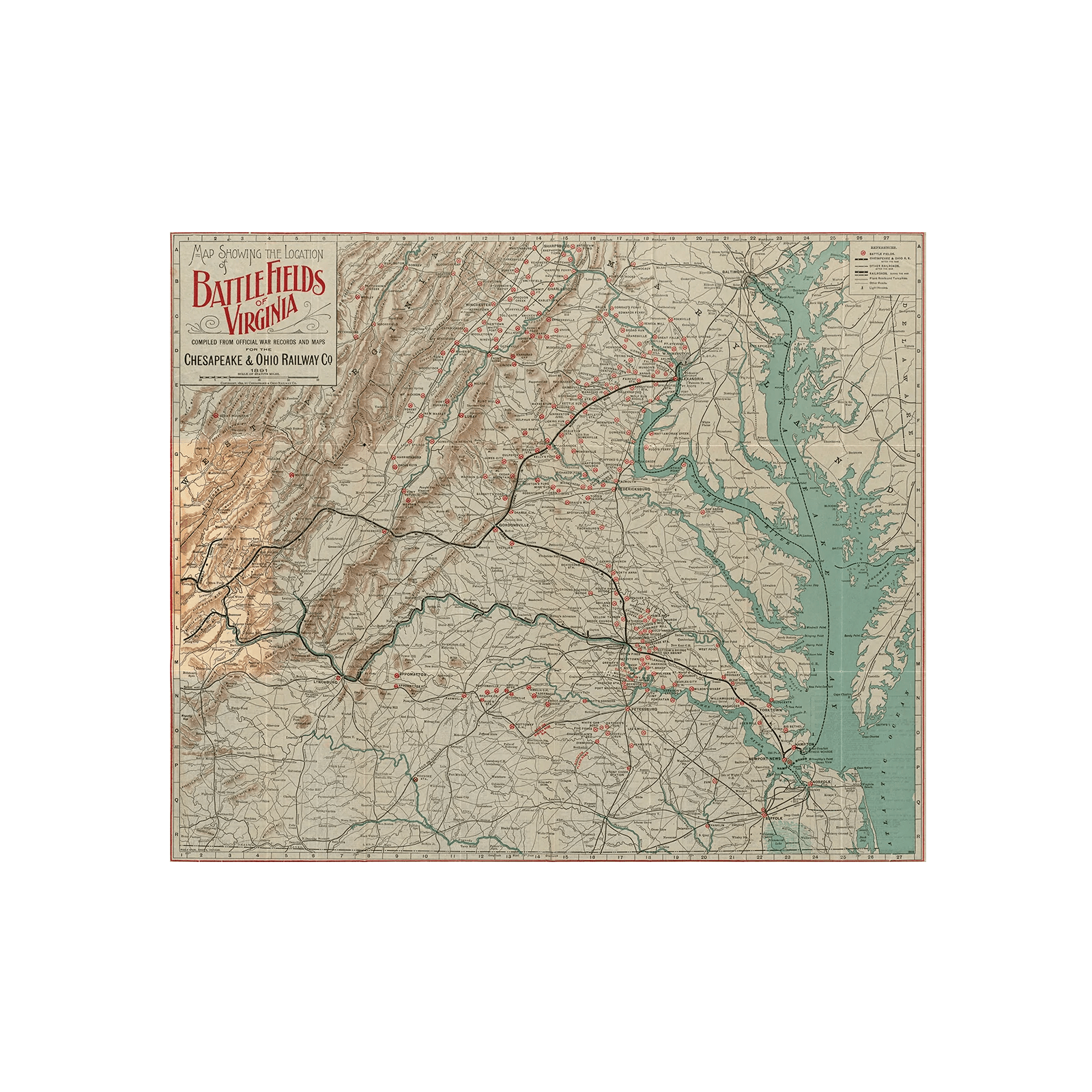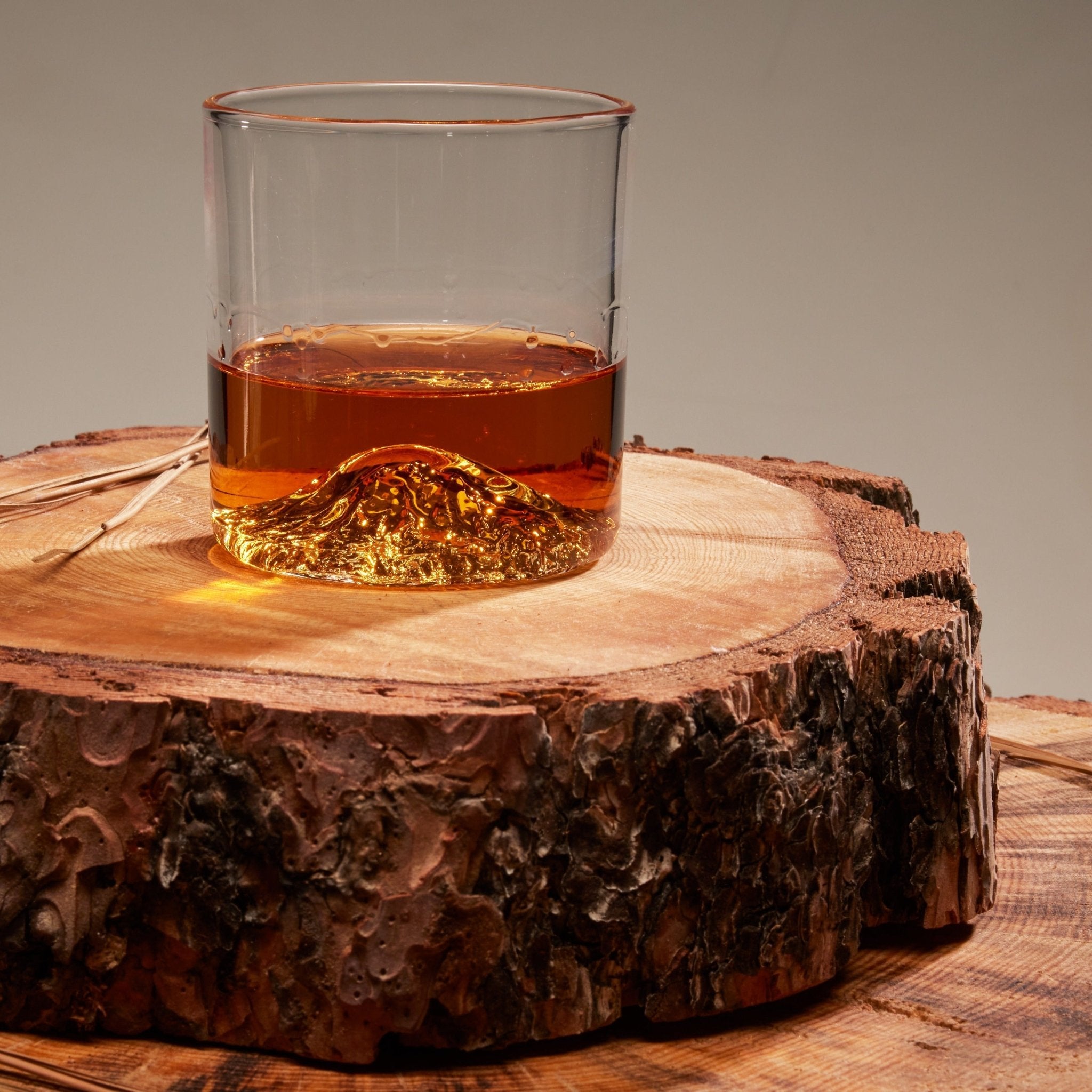Are you a history buff with a particular interest in the American Civil War? Welcome to the club! The Civil War's fierce battles are as relevant to our understanding of American history today as they were when they occurred.
Virginia's battlefields witnessed some of the most significant moments in this war, making them the perfect "classroom" to learn more about the significance of the different battles that raged in the state. So, if you want to know more about these historic battles and the current-day battlefields, keep reading.
Manassas National Battlefield Park (Bull Run)
The Bull Run battlefield in Northern Virginia is one of the most significant sites of the American Civil War. It was witness to two significant battles: The First Battle of Bull Run (also called the First Battle of Manassas) and the Second Battle of Bull Run (Manassas).
The First Battle of Bull Run took place on July 21, 1861, near Manassas, and both battles were pivotal moments in the early stages of the war.
The Confederate Army under the command of General P.G.T Beauregard and General Joseph E. Johnston clashed with the Union Army led by General Irvin McDowell. The battle resulted in a Confederate victory, seeing Union forces retreating to Washington, D.C.
The Second Battle of Bull Run took place from August 28 to August 30, 1862. This time, General Robert E. Lee's Confederate Army of North Virginia faced off against Major General John Pope's Union Army of Virginia. Once again, the Confederate troops came out on top - dealing a significant blow to Union morale. It also paved the way for the Confederate forces to invade Maryland.
Today, Manassas National Battlefield Park preserves the site of both of these battles and you can explore the battlefield by hiking more than 40 miles of trails that cover the area. There are also iconic sites like the Stone House and the Brawner Farm Interpretive Center, giving you the opportunity to learn more about the stories of the people and events that shaped the Civil War.
Fredericksburg and Spotsylvania National Military Park
If you've heard of the Fredericksburg and Spotsylvania National Military Park, then you may already know that it's the site of some of the bloodiest battles of the American Civil War in Virginia. It also encompasses some of the most well-known battlefields of Virginia.
One of these was the Battle of Fredericksburg, which took place from December 11 to December 15, 1862. This was one of the biggest and most significant battles of the Civil War, with the Union forces under Major General Ambrose Burnside attacking the Confederate soldiers under General Robert E. Lee.
Despite attempts from the Union to overpower the Confederates, Lee's army successfully defended Fredericksburg and inflicted heavy casualties against the Union.
Another key battle that is commemorated by the Park took place on the Chancellorsville battlefield. The Chancellorsville battle stretched from April 30 to May 6, 1863. Once again, General Lee took the charge and used a bold military campaign that led to the triumph of the Confederates against the Union, which was under the command of Major General Joseph Hooker.
It's important to note that this win came at a high cost, though, since Confederate General Thomas 'Stonewall' Jackson, one of Lee's most trusted generals, was gravely wounded during the battle.
Additionally, the Park is also a testament to several other battles, including the Battles of Wilderness and Spotsylvania Court House, which happened in May 1864 as part of Union General Ulysses S. Grant's Overland Campaign. Of course, this brought about even more casualties for both sides.
Richmond National Battlefield Park
Richmond National Battlefield Park gives you the chance to delve even deeper into the history of the Civil War, particularly in the context of Richmond's role as the Confederate capital. This incredible park houses 13 significant sites associated with the Civil War!
Richmond and its fortifications served as the political, industrial, and cultural center of the Confederacy. This made it a target for the Union attacks throughout the war. The city witnessed several important battles and campaigns, including the Seven Days' Battle, Cold Harbor, and the Siege of Petersburg. Of course, all of this left its mark on the surrounding landscape in Richmond.
Among the main attractions of the Park is the Chimborazo Medical Museum, which served as the Confederacy's largest hospital during the war.
Another one of the more notable areas in the Park is Tredegar Iron Works Visitor Contact Station which houses an award-winning museum. It presents viewpoints from the Confederates, Unionists, and even the enslaved people for a more nuanced understanding of the Civil War and how it fits into American history.
Other Significant Battles
Battle between the Monitor and the Merrimac
This Battle between the Monitor and the Merrimac, which was fought on March 9, 1862, marked a turning point in naval warfare in the Civil War. It involved the ironclad warships, the USS Monitor and USS Merrimac (now known as the CSS Virginia).
John Brown's raid
Harper's Ferry, which is at the confluence of the Potomac River and Shenandoah River, was a strategic location during the Civil War. This is mainly because of its railroad connections and armory. During the war, it changed hands several times and was the site of John Brown's raid in 1859.
The Siege of Vicksburg
From May 18 to July 4, the Siege of Vicksburg raged on. Eventually, it would become a crucial battle within the war, since the Union took control of the Mississippi River and the Confederacy was consequently split in two.
With Muir Way's maps of Vicksburg, you may be able to get a visual representation of the movements of both the Union and the Confederacy.
The Battle of Williamsburg
Leading up to the Battle of Williamsburg, the Peninsula Campaign took place from March to May of 1862. It saw forces under General George B. McClellan advance up the Virginia Peninsula, from Yorktown to Williamsburg, towards Richmond.
Appomattox Court House
The Appomattox Court House is historically significant, not because it served as a battlefield, but because it's the site of one of the most pivotal points of the entire Civil War. This site is where General Robert E. Lee and the Confederate forces surrendered to General Ulysses S. Grant and the Union army.
On April 9, 1865, after nearly four years of devastating war, General Lee met with General Grant at the McLean House in Appomattox Court House to discuss the terms of his surrender. The meeting effectively marked the end of the American Civil War, since Lee's surrender led to a series of other surrenders by the other Confederate forces across the South.
FAQs
Are there any guided tours available at these battlefields?
Yes, there are guided tours available at plenty of these battlefields. You can either join ranger-led tours or opt for a self-guided tour using the informative markers along the designated trails. Generally, we'd recommend checking each battlefield's visitor center or website for the most up-to-date information on tour availability, schedules, and any fees that you may have to pay.
Are these battlefields suitable for all ages?
Typically, these battlefields are great for family visits with children of all ages. However, the level of engagement and interest may vary depending on individual preferences and age groups. While families with young children can explore these sites, you should always consider the length of the walking trails, the intensity of the historical information, and the potential emotional impact of visiting sites like these.
Are there any restrictions on photography at these battlefields?
Although photography is allowed at most of these battle sites, they are usually only allowed for personal use. Just be mindful of any areas where photography may not be allowed, though, since there may be specific exhibits where flash photography could disrupt other visitors or damage the exhibits.
Final Thoughts
Virginia's battlefields are solemn reminders of the cost of war and the enduring legacy of those who fought and died on its fields. Through preservation efforts and educational programs, these sites continue to give us a glimpse into the past. And with Muir Way's incredible maps of the battles of Virginia, you can have a piece of history in your home!

